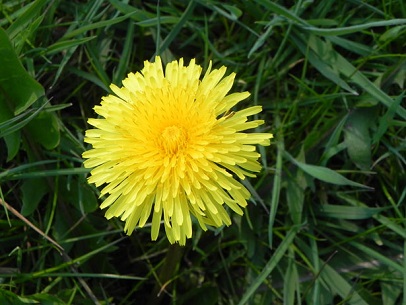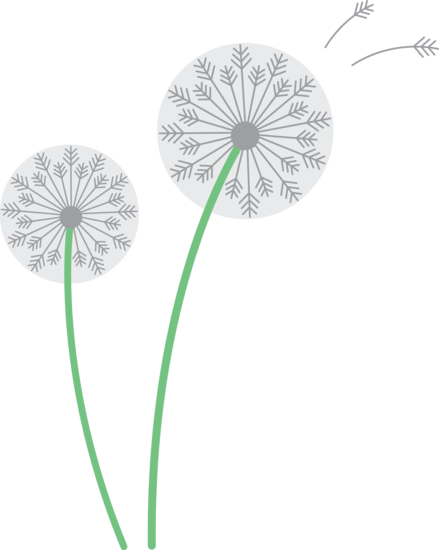The Dandelion Is Not Just A Weed
 The lowly dandelion has more uses as an herbal pant and a medicinal plant then it has been given credit for. The entire dandelion plant, dandelion roots, stem, leaves and flowers are used in culinary and medicinal preparations.
The lowly dandelion has more uses as an herbal pant and a medicinal plant then it has been given credit for. The entire dandelion plant, dandelion roots, stem, leaves and flowers are used in culinary and medicinal preparations.
You can use dandelions as an herbal plant and a medicinal plant; it's no longer just a weed. You can use the dandelion roots to make tinctures or Teas. The dandelion flower can be used to make Dandelion Wine and the dandelion leaves can be chopped and added to Salads, Soups or Stews. The versatility of the dandelion herb is astounding!
Long ago physicians treated patients according to the Doctrine of the Signatures. They believed that herbs were signed by God to indicate their medicinal usage by color. Therefore, they treated jaundice with a dandelion tonic because of its yellow hue. In Victorian days cooks grew dandelions in their kitchen gardens for addition to their recipes and of course, to make Dandelion Wine.
 The French call it the dent-de-lion or lion's tooth. They feel that the petals reminds them of lion's teeth. It has acquired many nick names along the years including, blow ball or puff ball, tell-the-time and clockflower. The puff ball moniker refers to days after the flowering, when a feather globe of seeds appears to be blown in the wind to a new destination. It is said that the dandelion can Foretell the Weather. If the day is to be fine the flower will open fully. If the flower ball remains tightly closed it is a sign of rain.
The French call it the dent-de-lion or lion's tooth. They feel that the petals reminds them of lion's teeth. It has acquired many nick names along the years including, blow ball or puff ball, tell-the-time and clockflower. The puff ball moniker refers to days after the flowering, when a feather globe of seeds appears to be blown in the wind to a new destination. It is said that the dandelion can Foretell the Weather. If the day is to be fine the flower will open fully. If the flower ball remains tightly closed it is a sign of rain.
The dandelion grows across the United States and Canada. It has a long growing period that lasts from spring to fall. Early spring is the best time to harvest the green leaves before the dandelion flowers. Once the dandelion has flowered the leaves will be very bitter (but some people like that!). Dandelion leaves actually contain more iron than spinach and more beta carotene than carrots!
That common dandelion weed is packed with minerals such as calcium, magnesium phosphorous, iron, zinc and selenium. Added to that, it supplies vitamins B1, B2, B3, C and E. Who knew? {Continue to PART TWO}
 Previous
[Dandelion Articles]
Next
Previous
[Dandelion Articles]
Next
~Related Articles~ Get Rid of Dandelions? No, Grow Them and Eat Them!
---------- *The doctrine of signatures, dating from the time of Dioscorides and Galen, states that herbs resembling various parts of the body can be used by herbalists to treat ailments of those body parts.

